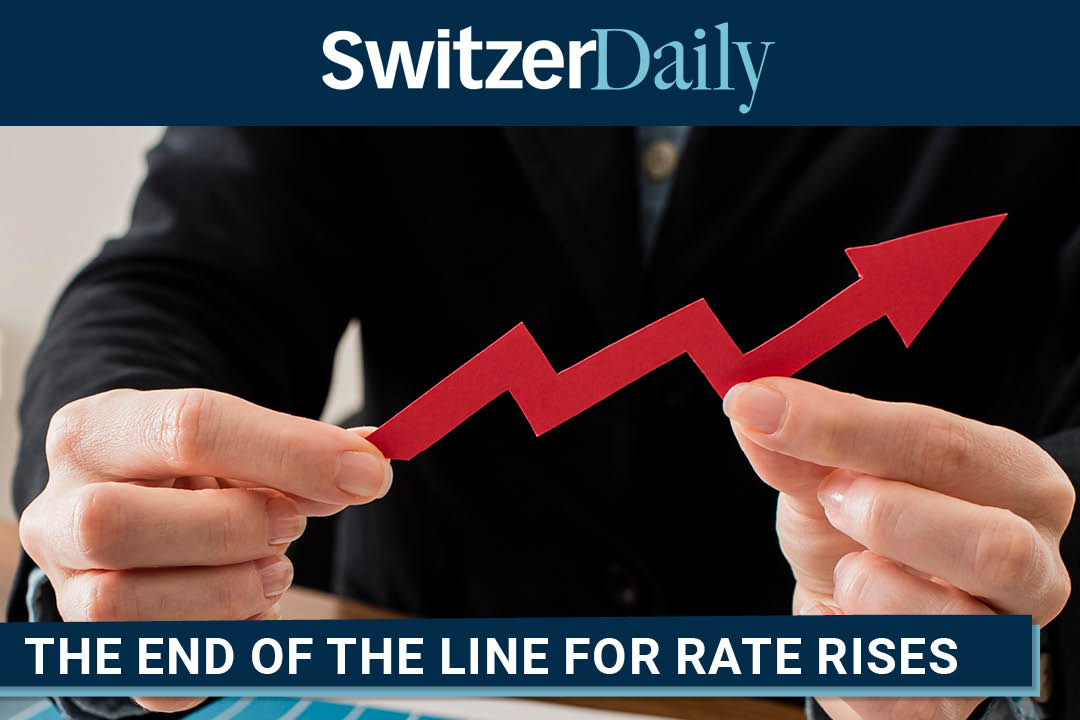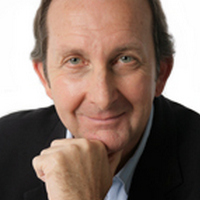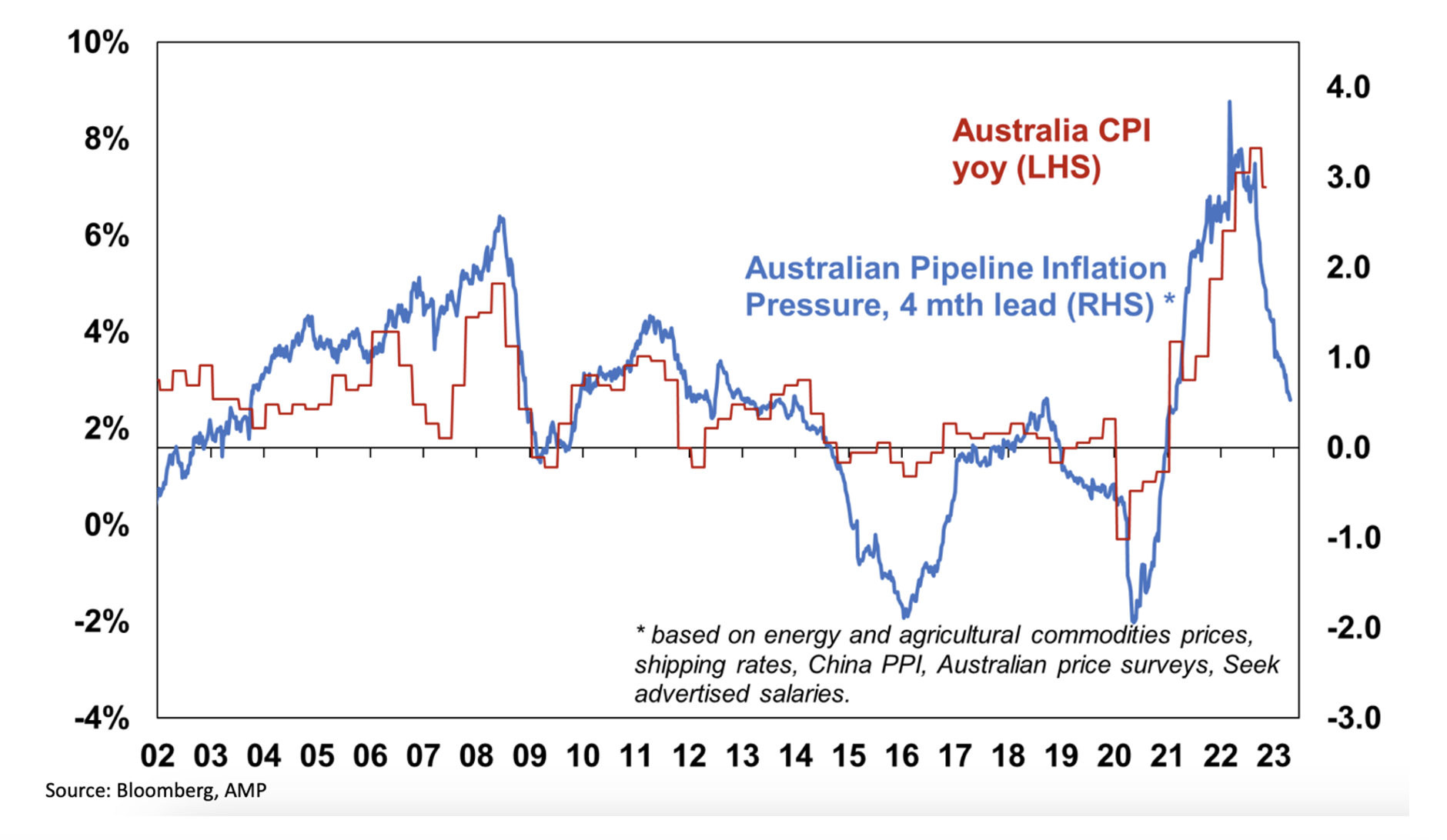

If you can believe the professionals who are paid the big bucks to guess the economy (i.e., economists), then if you are a rate rise worrier, it might be time to stop worrying! Even though the inflation numbers out on Wednesday weren’t as emphatically lower as I’d hoped, the consensus among the economic number crunchers is that rate rises are over, or at least for now.
One such chief economist at the Royal Bank of Canada, is Su-Lin Ong, who thinks the RBA would be happy that the labour market hasn’t gone crazy asking for big wage rises, but too many rate rises might change all that.
Meanwhile, Betashare’s chief economist David Bassanese also sees the contained wages story and the surging immigration as a reason to believe that wage rises won’t come along to ruin this improving inflation story. And while the improvement isn’t as fast as the RBA’s Dr Phil Lowe would love, it’s still pretty good. Dr Lowe knows the mortgage cliff is coming and that’s bound to slow spending and inflation in the second half of this year.
Backing these views on future rate rises being over (unless a surprise surge in prices comes out of left field) is the AFR’s economics editor, John Kehoe. He sees the pause on rates to be in place possibly until July, when we see the next quarterly Consumer Price Index (CPI). In between now and then, the data drops will determine if the pause becomes the end of the line for rate rises.
I agree with Ong and Bassanese that it looks like the rate rises are over. If they’re not, they should be.
AMP’s Diana Mousina looked at next Tuesday’s RBA rates decision and predicted this: “We think the slowing in inflation momentum confirmed in today’s data is enough to allow the RBA to keep the cash rate unchanged at 3.6% at next week’s board meeting. But it is a close call. The level of inflation is still high, and the RBA may be concerned about future rental inflation and a potential public sector wage breakout so a 0.25% rate rise can’t be completely ruled out next week.”
All commentators think the annual rate of inflation for the year to the end of the March quarter was still too high at 7%, but it did fall from 7.8% in the year to December. But the actual March quarter rise was only 1.4%, and if we multiply that by 4 to annualize it, we get 5.6%.
Also, the RBA preferred measure of core inflation, the “trimmed” mean, was lower than expected, going up by 1.2% or 6.6% over the year. The consensus of economists tipped a 1.4% lift, so prices are dropping a little faster than experts were guessing.
Of course, these are educated guesses that economists call “forecasts”. But be clear on this: it’s really hard to guess/forecast inflation as there are so many moving parts or odds forces that can hit prices.
Like what? Putin and the future price of oil, the behaviour of those who run OPEC, the Aussie dollar, new immigrants and the impact on rents. Even the decisions of the RBA to raise rates actually leads to inflation as price-setting businesses try to reduce the costs of rising rates.
Diana Mousina gave us a clue on what the RBA will watch (other than the monthly inflation stats) and that will be wages, rents and unemployment.
Economics was tagged the “dismal science” by Scottish essayist and historian Thomas Carlyle to describe the discipline of economics. This dismal science insult was inspired by T. R. Malthus' gloomy prediction in the 1820s that population would always grow faster than food, dooming mankind to unending poverty and hardship. Of course, like a lot of economists, Malthus was wrong. He underestimated the ingenuity of mankind, but the dismal tag is on the money, because for rate worriers to be sure that there are no more rate rises coming, the RBA will want to see people lose jobs, which will cool down any wage rise heat developing in the labour market.
Yesterday, ABC workers got an 11% pay rise, which sounded like an inflation-shocking jump but it was over three years, which means it’s per annum rise would be less than 4%.
One final point. Not all economists agree that rate rises are over. The current cash rate is 3.65% and this what the CBA economics team predicts: “We retain our call that the terminal cash rate will be 3.85% and we continue to favour the upcoming May Board meeting for the final 25bp rate increase.”
That said, CBA’s chief economist, Stephen Halmarick, recently told the SMH that “the Reserve Bank of Australia may have to start cutting interest rates by year's end because the financial crunch facing the country is likely to result in a sharp fall in inflation and almost 150,000 extra people out of work.”
If Halmarick is right and we see a rate rise next week, the additional misery might be short lived. And if he’s right about future jobless numbers, you can see why Carlyle called economics a dismal science.
I hope Dr Phil and his board are looking at this Pipeline Inflation Indicator, where the blue line shows us where inflation is heading, with a four-month lead.

That’s a big inflation fall and could coincide with a big rise in unemployment, which will undoubtedly be because of the effects of borrowers having to switch from low fixed rate home loans to high variable rate loans. We’ve never faced a mortgage cliff like this before because the percentage of people on fixed loans has gone from the historical 15% mark to 40% since the pandemic push for low fixed rate loans.
Economists like me are guessing what the effect will be. As an economist in the real world, I think it will be pretty significant for lowering consumer spending, prices and the number of jobs.
And like Mr Halmarick, I think we could see lower interest rates by year’s end.